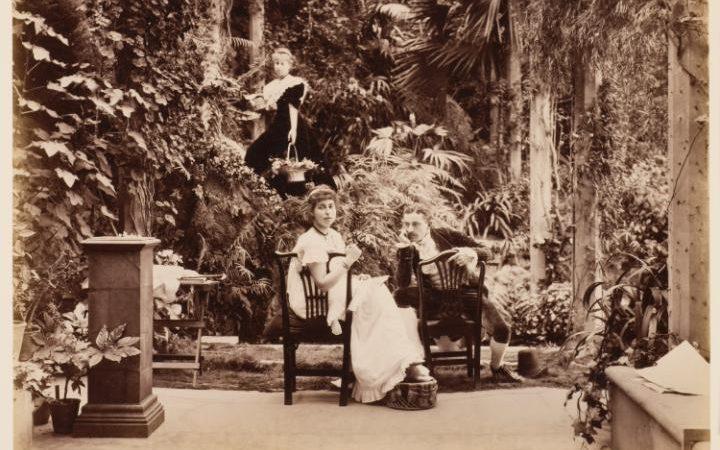Whether you like 19th century painting or not, it’s hard to ignore the Pre-Raphaelites, and it’s even harder to ignore the powerful beauty of their female models and muses – or “Pre-Raphaelite stunners“, as they were known at the time. The Pre-Raphaelites often have been viewed as sentimental, high-class illustrators, but in the last few years they have come to symbolise a revolution in British art. A new exhibition at Tate Britain, Painting With Light, further establishes their enhanced reputation.
The Pre-Raphaelites represent a major turning point in Victorian culture. Their work shook the establishment. The famous core members were John Everett Millais, William Holman Hunt and Dante Gabriel Rossetti. Together their aim was to promote art before Raphael. They were fired by revolutionary activity on the continent and were principally influenced by 15th century Italian and Flemish painting. They sought a regeneration of British art, a return to the realism of the medieval period, and a revitalisation of mythic, religious and poetic subjects. Art, they argued, should be naturalistic and artists should study not from antique models and casts, but directly from nature.


